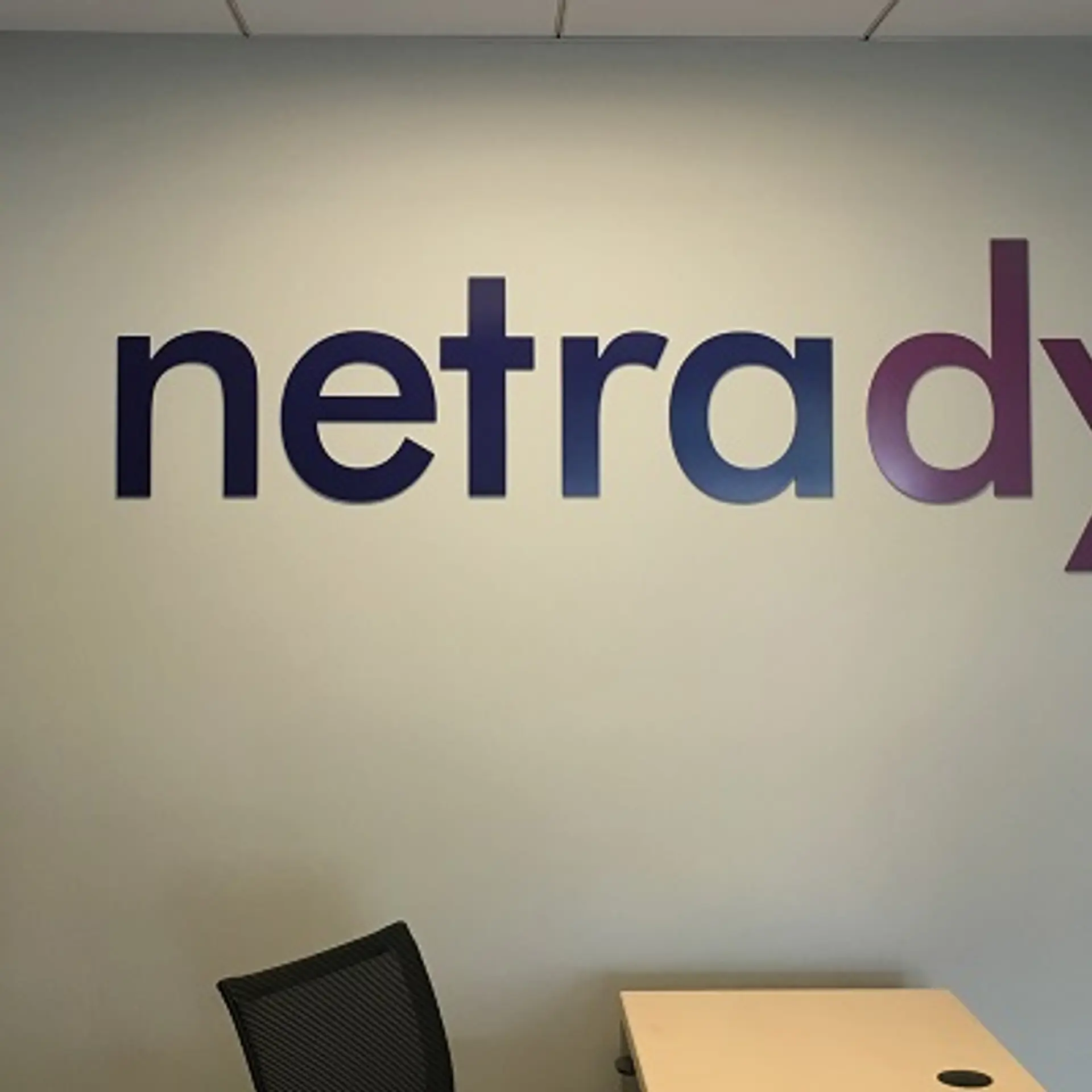Changing trends in education: How we can frame child-centric solution in Indian society
The digital revolution has transformed the way we lead our lives in the recent decade. With over 500 million cellular phone users in India, our country is among the fastest growing digital adopters on the planet.

Each aspect of our lives has been profoundly impacted by this digitisation. Education is no different. With a growing number of schools and educational institutions adopting digital tools and platforms, the internet and all its immense possibilities are in our classrooms now.
Clearly, one of the biggest trends emerging in the education sector is digitisation. There is, however, one central question that we need to seek truthful answers to.
The central question
Are we using this technology in the best possible way for our young children? According to a study by KPMG, the Online Education Market in India will be nearly $2 billion by 2021, with well over 1.5 million users.
As far as establishing the merit of this ‘trend’, it is an undeniable truth. Having said that, an overwhelming majority of this ‘smart digital education’ is manifested in two ways.
First, is the smart classroom where the blackboard has made way for a pristine white one that doubles up as a screen on which educators can project content from the internet and from set educational tools/software.
The second expression of the digitisation of education comes in the form of a multitude of online courses that spans a dizzying variety of subjects and skills learning for almost every age-bracket of the market.
So deep is the proliferation of tech-based education that at a recent exhibition for mother-child products, my wife and I were approached by a tech-education company that gave us a presentation of their ‘toddler education’ digital learning module!
The benefits, rights and wrongs of the above can be argued – when is the right age to begin an online education, and so on. Here, my contention is slightly different. In my view, companies, schools, teachers and parents so far are limiting the use of digital technology to direct skills-development and supplemental academic and scholastic endeavours.
While that is a valid, important, and great use of tech in education; there is a lot more that needs to be done.
The honest truths
In the past half-decade of active teaching, planning workshops and programmes as an educator, I have come to two painful realisations about our society.
First, neither our education system nor our familial structure aks our young children for their opinion, on anything!
A vast majority of us, and our students/wards/children even today are brought up on a diet of mugging-based knowledge acquisition that provides little or no room for questioning.
Questioning in fact is perceived, for the most part as insubordinate behaviour, both at school, and at home. The result is evident; we are turning out generations of ‘followers’, rather than ‘free thinkers’. If one has never been allowed to ask, then how will any kind of opinion be formed.
When I interact with college students and ask them for their opinion on something, many of them draw a blank! That’s because it isn’t in our educational ethos to question, nor is it in our patriarchal society to ever question anything.
The second fact that I’ve come to establish is that large numbers of young children are largely unaware and apathetic to many of life’s simple yet humane truths.
Perhaps a result of pursuing more banal dreams or a consequence of too much academic pressure; children, often, seem to be insensitive to, and unaware of the world’s problems.
The dreadful situation of the environment, that all species should be treated with dignity and respect, that there must be equal rights for all genders, free of biases and stereotypes. These are not the concerns of a young India. Do we not want them to be? Do we not, at the end of the day, more than just preparing our children to solicit degrees and high-paying jobs, want them to be aware, opinionated, passionate, sensitive and fully actualised global citizens?
A digital solution
Here is how I feel an online, digital tool can be invaluable. To fuel a spirit of questioning that leads to opinion formation. And to sensitise the younger generation about a slew of societal truths that need urgent attention.
Children are bored easily nowadays. They all seem to be suffering from terribly short attention spans. Add to this mix, the free and ready availability of online entertainment options by way of YouTube and the like; a parent and an educator are now, both competing with a funny video online, for entertainment value to the student.
There is simply no contest. So rather than fight this digitised world and view it as a menace, why not embrace it? This is what I have tried to do in my own modest way. In my classes, be it a workshop for a large group or a one-on-one session, I make liberal use of youtube videos, short films and documentaries, commencement speeches, ted talks, even funny stand-up comedy at times.
Naturally, all the content I showcase to a student is curated and absolutely age-appropriate. Importantly though, what this allows me to do is to grab the student’s attention, sustain it, and through the viewing-experience which in most cases is immersive for the student, slip in some great lessons.
Think of it really like disguising all the vegetables that a young child would reject in his or her diet in a tasty looking burger-patty. That’s really what it is. Old wine, new bottle. If digital is what the youth understands, connects with, and wants to engage with, let us use it to their advantage.
For example, an animated short film called The Present is how an introverted shy child refuses to leave his house and engage with the outside & other people. His mum brings him a little puppy dog one day whom he rejects after being initially amused, realising it has one leg missing. By the end of the film, the puppy, having persisted, wins the boy over. The boy gets off his video-game couch to go out with the puppy. We then realise that the boy too is differently abled.
Now a little four-minute film like this, which sustains a student’s interest, isn’t too long (so one is not exposing the student to hours of screen-time), and presents obvious lessons in terms of sensitisation, awareness, and evoking empathy, is the perfect way of using the digital revolution that is taking place, in order to ‘educate’ children. Through the same film, if one asks questions based on the film, rather than provide a summary to be crammed/mugged up, one is also starting to ignite a certain way of thinking in the child. An ethos of questioning that will lead to unique, individual, well thought out opinion formation.
Thoughtfully digital
To take the ongoing reality of the digitisation of education, broaden its scope from pure skills/scholastic development and incorporate digital-content into a holistic education will liberate entire generations from the shackles of being self-serving followers and help us create a young India that is concerned, sensitive, questioning the status-quo, and has the realistic potential to lead the world into a safe and happy future.
(Disclaimer: The views and opinions expressed in this article are those of the author and do not necessarily reflect the views of YourStory.)







